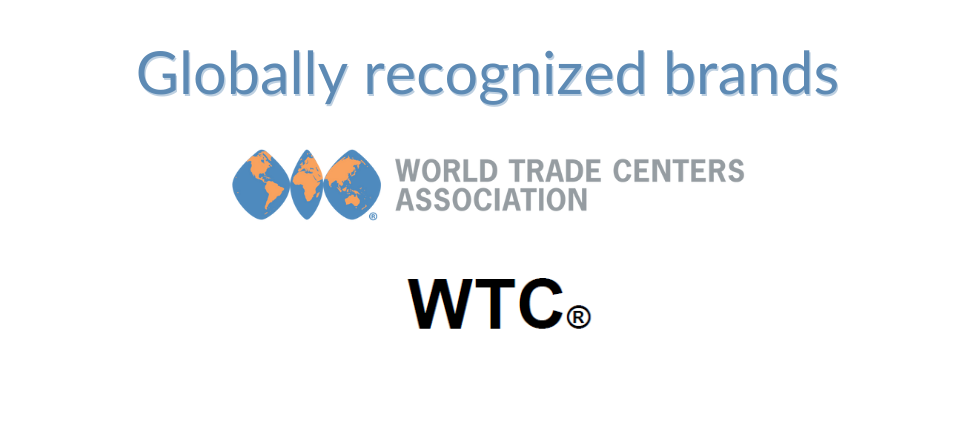

Diversity and Inclusion

Diversity and Inclusion — what is it and how to turn it into an asset
Diversity - one of the top 10 buzzwords today. Everyone wants it, but very few really understand what it means. Some struggle with how to deal with 'diversity and inclusion', and how to really benefit from having a diverse team or staff.
We keep reading about companies that try to make an effort, such as delivery giant UPS, and companies that fall short of understanding the root causes of the problem, such as banking group Wells Fargo. While UPS announced in November 2020 to eliminate gender-specific rules and celebrate diversity rather than corporate restrictions by making every employee feel "comfortable, genuine and authentic", Wells Fargo chief executive Charlie Scharf got into hot water with a statement he made during a Zoom meeting in August 2020 claiming that the only reason why Wells Fargo did not meet its diversity goals was because there is not enough qualified minority talent.
But why is diversity such a big deal and why is diversity and inclusion so hard to achieve?
Diversity means that your team or workforce represents a variety of ethno-socio-cultural backgrounds such as ethnicities, nationalities, genders, generations, abilities, orientations, lifestyles, experiences, disciplines, competencies, and hierarchies. But many often overlook varieties of values, beliefs, norms, assumptions, attitudes, and preferences.
However, the visual representation of such variety on the surface does not provide any advantages other than a 'photo-op' for an image campaign, which might even backfire. The true advantages of DEI (diversity, equity, and inclusion) can only be achieved by what I call "living and breathing the lifestyle of DEI" and the attitude of "do it like you mean it".
This is a long journey that requires a lot of effort but well worth it.
According to two McKinsey reports, 'Why Diversity Matters' (2015) and 'Delivering through Diversity' (2018), gender diverse companies (top quartile for diversity) are 15% more likely to financially outperform those in the bottom quartile for diversity, while ethnically diverse companies are even 35% more likely to do so. The reports found that: "In the United States, there is a linear relationship between racial and ethnic diversity and better financial performance: for every 10 percent increase in racial and ethnic diversity on the senior executive team, earnings before interest and tax (EBIT) rise 0.8 percent."
The McKinsey reports as well as other studies have consistently shown over time that making DEI a priority is not just the right thing to do but provides businesses with the following advantages:
- increased profit
- more creativity and innovation
- better customer insight
- more objectivity and less cognitive bias
- higher level of employee satisfaction
- boost in recognition, value, and global image
- higher success rate in employee retention and attracting new talent
But how do we get DEI right and benefit from the advantages of diverse teams?
Learn more about this topic and join us for the next webinar in the WTCPB series about international business, global markets, and intercultural communication.
